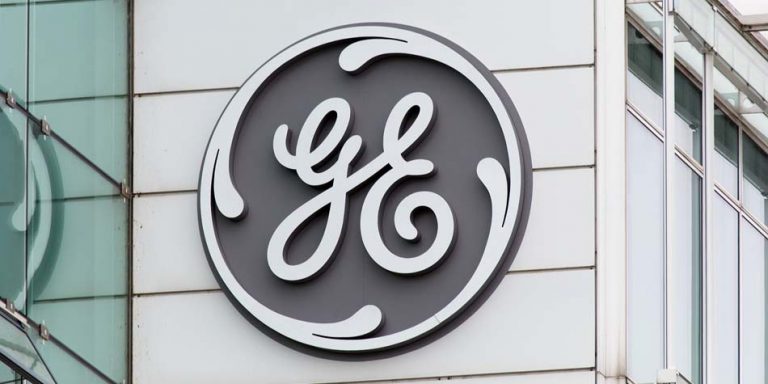It has not been a good year for General Electric Company (NYSE:GE). GE stock has taken a tumble, falling over 19% in 2017. With a new CEO and near-4% yield, is it time to buy?

General Electric had been talking up the benefits of spinning off its financial business. It said doing so would allow the company to get back to its industrial roots. It would use excess capital to drive growth and get back on track.
Unfortunately, that didn’t turn out to be the case.
Execution of GE’s industrial businesses hasn’t gone well. Last quarter, industrial revenues fell by 2% year-over-year. Its fiscal year-to-date performance (two quarters) has industrial revenues down 1%. Profits are down 4% and up 2%, respectively, in the same time periods.
Compare that to a company like Honeywell International Inc. (NYSE:HON). Last quarter, revenue grew just 1% with organic sales up 3%, but profits jumped 5.5%. Its six-month year-to-date performance (also two quarters) has net income up 7%. Management upped its full-year earnings guidance, calling for 8% to 10% year-over-year growth.
Perhaps most importantly though, HON saw operating cash flow jump 25% last quarter and free-cash flow grow a whopping 39%.
The Dividend
Why does Honeywell’s cash flow statement matter? Because there has been a growing concern among investors that GE would have to cut its dividend. Now yielding over 3.75%, it seems like a lot of recent selling pressure has been attributed to this concern — that and investors simply throwing in the towel. Who wants to own a dog like GE when there are all these other great dividend stocks to buy?
In the three years prior to 2016, GE had generated operating cash flow in excess of $19 billion per year. In fiscal 2016 though, OCF fell to negative $244 million. This is concerning, although both quarters in 2016 have been OCF positive and perhaps that will relieve investors’ stress to some degree.
Except there’s one other concern.
As a result of the plunge in OCF, obviously free cash flow has taken a hit too. Capital expenditure spending remains pretty consistent, falling to between $7.1 billion and $7.3 billion over the past three years. Through the first two quarters of 2017, FCF is in negative territory.
GE also has a high payout ratio, which is the portion of earnings that are paid out as a dividend. Over the past ten years, this figure has generally been between 45% and 65%. Right now it sits at 109%. That’s not comforting.
In the most recent quarterly conference call, outgoing CEO Jeff Immelt said the dividend “remains our priority.” Specifically, he also said, “I expect [incoming CEO John Flannery] to take a fresh look at capital allocation, but GE will always have a strong commitment to the dividend.”
The Big Picture for General Electric
Business is not humming, but it’s not exactly plunging either. The dividend is questionable, but it’s not inevitable that it will be cut. For all GE’s issues, it does have positives.
For starters, John Flannery is beginning as CEO. Many seem to have confidence in his ability to lead GE. Second, activist investor Nelson Peltz has been making noise. He should have some influence on GE moving forward and has a solid track record when it comes to activism. Finally, shares have been hammered.
The stock now trades at just 15x forward earnings estimates. This is despite analysts’ estimates calling for 1.4% sales growth in 2017 and another 4.3% gain 2018. On the earnings front, forecasts call for 5.4% growth this year and 8.9% growth in 2018.
The Bottom Line on GE Stock

Click to Enlarge
If GE stock can maintain its lofty dividend payout, it becomes a whole lot more attractive, with positive earnings growth and a low valuation. For those who have confidence in GE stock, I would actually say investors can start beginning a long-term position.
Obviously, there are risks. GE could lower guidance (“kitchen sinking” expectations for its new CEO), or reduce or cut its dividend. It desperately needs to fix its cash flow issues. This may make investors want to go with 3M Co (NYSE:MMM), Honeywell or United Technologies Corporation (NYSE:UTX) instead.
For those looking to limit their risk, they can use a stop-loss below $25. This level should act as support for GE stock moving forward. A reduction in earnings or the dividend could pressure GE stock and a break below $25 could send it to $22.
However, to mitigate against this risk, investors could sell upside call options against a long position.
Bret Kenwell is the manager and author of Future Blue Chips and is on Twitter @BretKenwell. As of this writing, Bret Kenwell did not hold a position in any of the aforementioned securities.
